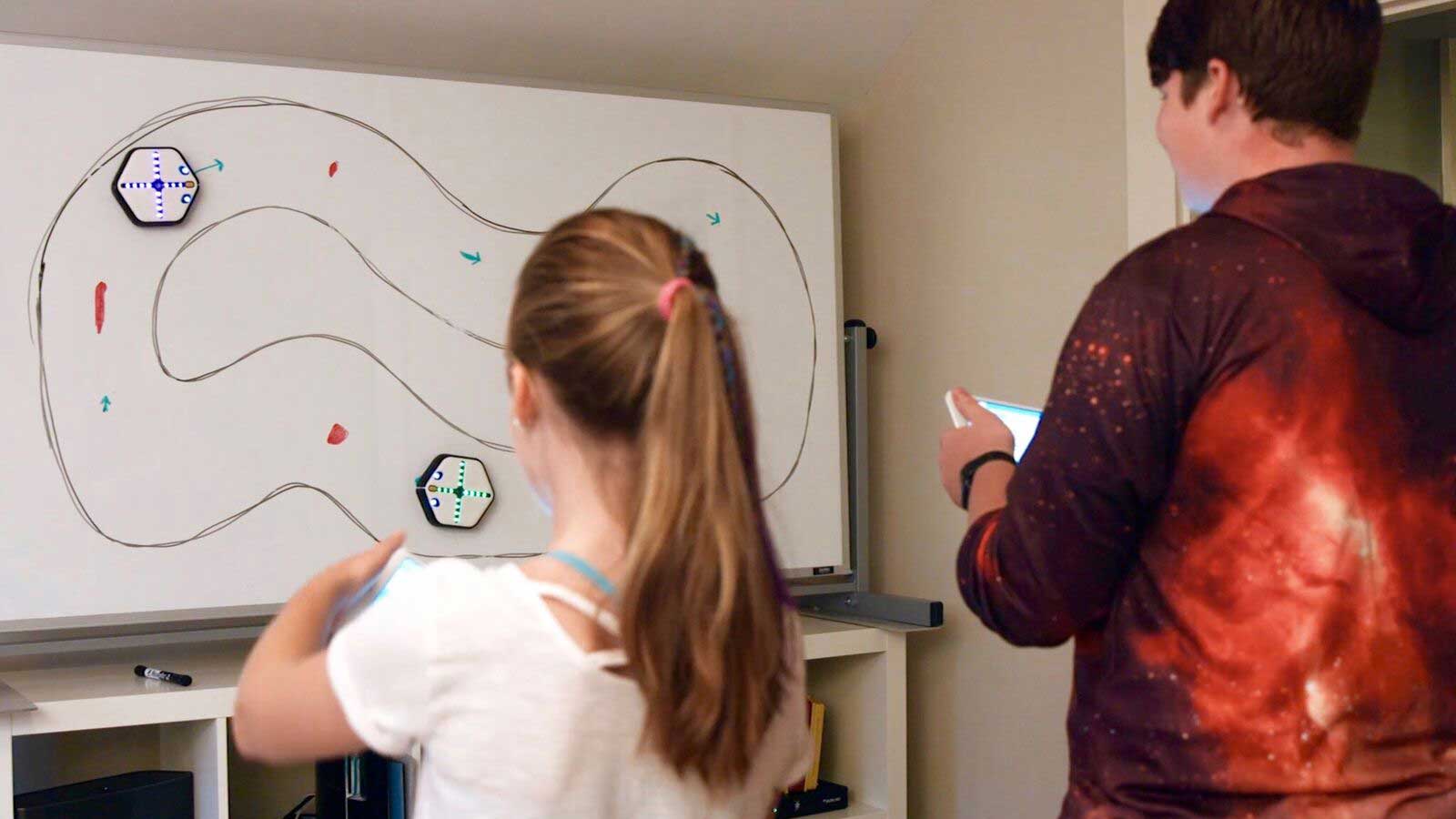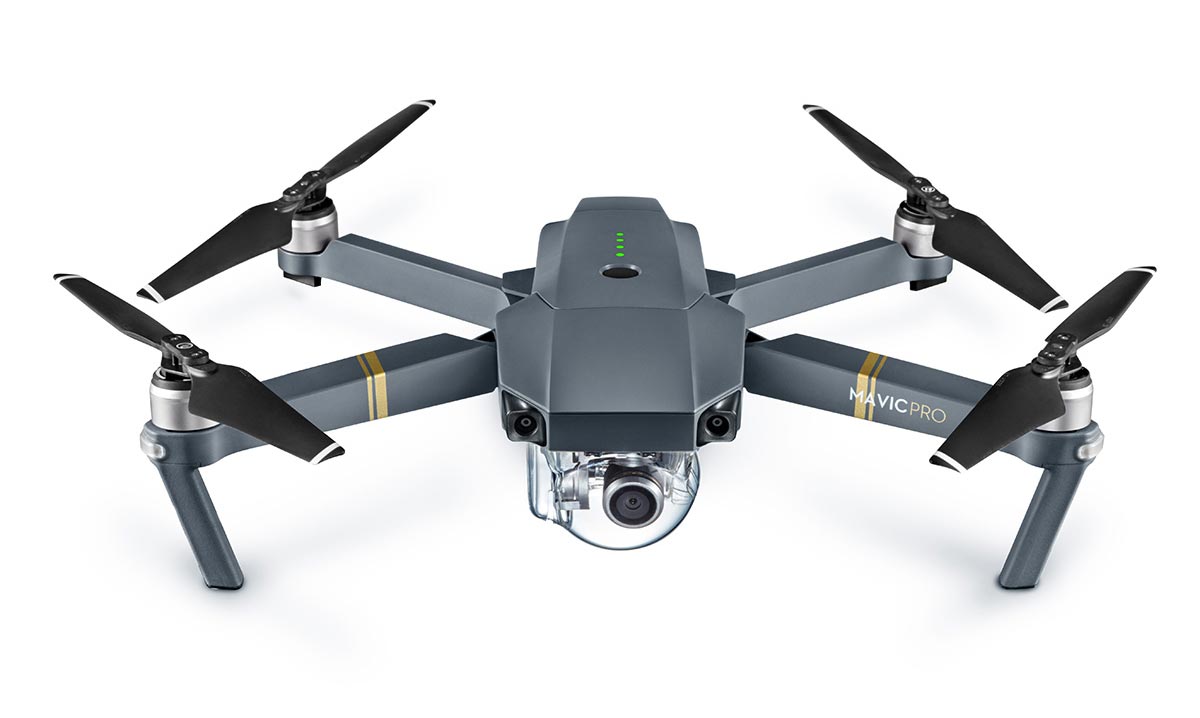Thanks to our age-old need for communication today we have countless ways of getting in touch with each other from any part of the world. Telepresence robots added a new dimension by allowing us to explore and even interact with remote environments in a more familiar way. However since we don’t live in an utopian world budgets need to be taken into account, and one can only welcome cost effective telepresence solutions as they appear. RambleBot is one of these – an inexpensive telepresence robot that will set you back no more than US $199 in a standard configuration, while the few optional extras available right now will add up to no more than several tens of Dollars extra. The robot was designed with ease of use and practicality in mind, especially since it was born from the need of its founder and creator Matt Walker to keep more in touch with his kids overseas.
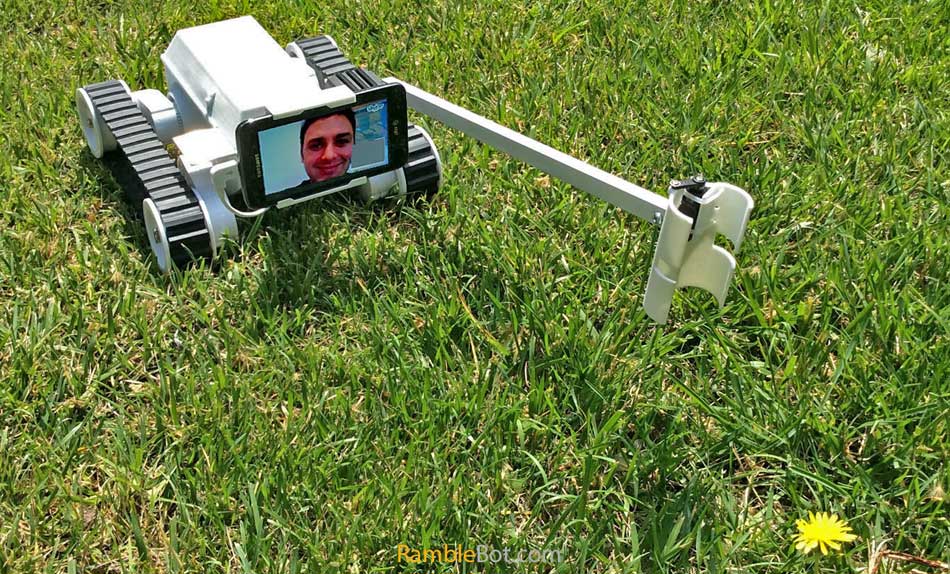
The RambleBot system is very simple – a smartphone other similar device running a dedicated app is interfaced with the robot allowing the remote user to connect with the robot over the Internet by means of a web service, and that’s it. However, as we will see in the following, there are some nice and useful touches that RambleBot aims to bring to the industry, such as increased security and very low maintenance. Matt was kind enough to provide extensive insights on the RambleBot system, pointed out current challenges, and also discussed about future development as well.
The Company
RambleBot is an American startup based in San Jose, California and is animated by a team of engineers and robotics enthusiasts. Matt explains it better.
[lightgrey_box]
Matt Walker: The company is a personal project turned startup, I designed and built the robot so I could telepresence with my children from a previous marriage who live in Australia while I live in Silicon Valley. For several years now I log in almost daily to live with my kids, help them off to school, check their homework, we sometimes play hide and seek inside and I drive down to the local park in Australia with them while its midnight here in California. I am truly co-parenting remotely and while many are surprised at the situation the kids actually love it.
Its worth keeping in mind I designed many parts of the robot to be easily repairable by any average person at the remote destination without specialist tools, hence the use of cables ties on some high use parts. Unlike normal hardware I have to assume the device is in a foreign country and access for repairs or manual intervention will be very limited which is why I am trying to design it simple and tough with larger than needed batteries for example.
I had many friends and other who were involved in the project also wanting one and so I set a base price of $199 as I feel this is more realistic for the average user than many of the over $1000 alternatives. I would like to see the $199 price come down substantially with mass production in the future.
My customers so far are split into 2 camps, first are divorced fathers who still want to be in their now remote children lives and the second are parents who work away a lot particularly overseas. Most children do not want to sit in front of a normal webcam and in fact I have also found with adults you get more genuine conversations if you can follow them around their house while they are doing their normal daily routine without the pressure of having to take 100 percent of their attention in a normal web chat. The ability to interact with the environment really puts the presence in telepresence to the point you feel as if someone else is in the room with you.
[/lightgrey_box]
Matt emphasized that there are endless applications RambleBot can handle, such as families checking on their elderly who live pretty far apart from them, businesses who want to provide a more immersive experience for their customers and so on.
Overview of the System
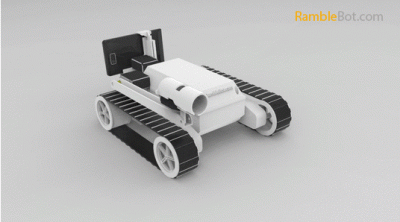
RambleBot features a sturdy aluminum platform equipped with rubber tracks to facilitate movement over a typical household floor, where it can encounter a vast array of small obstacles, and even outdoors over moderately difficult terrain. The motorized arms are made of aluminum rods, with plastic parts employed for various fixtures and accessories.
There’s a 12V 3400mAh power pack comprised of 3S model 18650 Li-Po batteries which can power the robot between 24 and 48 hours on a single charge. The robot also comes with a standard wall AC charger that does not need to be manually unplugged as the robot drives off.
“There is a fist AC adapter shown on the website I use myself, essentially a male AC jack on the end of the robot fist to recharge itself without a base station by plugging itself into any power point which around however this is currently not for sale due to possible legal concerns, there is a blank space in the law regarding electronics remotely plugging themselves in to a regular wall AC outlet, hopefully this will be green lighted for sale. To keep in mind this is primarily designed to be used around children so I am very careful with power issues.” – Matt says.
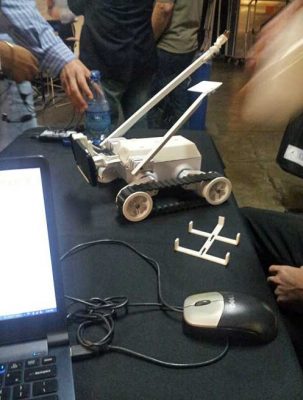
The robot is controlled via a browser interface from any device, desktop or mobile, which allows the user to drive the robot in any direction, move the smartphone cradle or robotic arm, monitor several parameters such as GPS readings and map tracking, battery levels, and of course the AV feed which is implemented with Skype, thanks to the fact that it’s a secure and reliable network that also provides enough bandwidth for a quality feed, Matt says.
On the robot side, an Android mobile device running the RambleBot app is required, should you not have a phone to spare, a Samsung Galaxy S2 fully configured phone can also be bought for another US $99. The smartphone is inserted into the cradle on the RambleBot which allows for 180 degrees of panning.
The device connects with the robot via Bluetooth or USB OTG, and connects to the Internet via WiFi or cellular network. An app for iOS devices is under development.
Regarding autonomous features implemented in the robot Matt says that this is not an immediate goal – “If I wanted to start automating movements I could however implement a WebRTC system and have my own vision system as some have done however I’ve found quality issues with the technology as it is currently […] WebRTC is something I would like to implement at some point in the future however as the technology matures and once it has then will flow automation controls with grippers and movements too.”
[lightgrey_box]
Me: Is the robot open-source? If so, is it based on some generic platform or otherwise?
Matt: So its not open source but we’ve had that discussion a lot, the primary reason is that only half the robot is 3D printed the rest is ABS, and while it uses an Arduino inside, the electronics and mobile app need to talk to an account on the website and bandwidth is at a premium so its not something I could just give away for free right now.
To be honest though I was thinking about how I could enable community development and I was thinking of enabling people to develop their own arms, gripper and accessories. I haven’t really figured out how this would be best worked, I’ve seen many similar robot projects spend a lot of time open sourcing but very little real interest from developers actually taking them up on it. Right now people are free to hack it all they want to.[/lightgrey_box]
A few Words About Security
Matt also points out a few security aspects which will become more apparent as time goes by. RambleBot features a two factor authentication employing ShieldPass, based on the awarded PassWindow technology he also invented.
[lightgrey_box]
Matt: I think with people using these around kids access security will become a huge issue in the future. It’s an uproar when hackers get access to the now common IP cameras used with babysitting can you imagine what will happen when hackers get access to telepresence robots with grippers and tools, I feel this is a huge subject for the telepresence industry which no one has really addressed. I could say that RambleBot is the most secure telepresence robot I am aware of, certainly the only one secured with second factor authentication.
[/lightgrey_box]
Ordering the Robot
RambleBot is manufactured in small series, enough to cover demand right now, more like a soft launch as Matt states that he hasn’t promoted it so far. He is confident about the robot as it is a safe and reliable product.
[lightgrey_box]
Matt: If sales really took off the maximum wait time would be a couple of weeks so if I ran out of stock and it became preorder it wouldn’t be in the sense of your average Kickstarter project where its preorder vaporware with no real fixed date in the future type situation I see often. This is an important point in fact I would like people to understand about the project, I have seen some similar projects evaporate with just some pretty 3D renderings left to show for them, Kickstarter is full of them.
I never wanted to fall into that trap and right from the start I wanted something I could actually deliver to the public at the price I said it would which was $199. So I used a lot of off the shelf parts like an Arduino R3 with a standard motor shield and Bluetooth module and the project has been entirely self funded and so nothing is at risk, it wont get stuck looking for new investors as it is already developed and built with easy supply chains behind it and the website will never go dead as I use it daily myself with my own kids. I get asked these questions and don’t blame people for being curious with so much vaporware out there.
Soon there will be an custom click to buy PayPal button on the sales page.
[/lightgrey_box]
Matt also states that there are several other plans, as order volumes increase, such as replacing 3D printed parts with injection ABS plastic parts. Mass producing the robot would also not be a problem as Matt has a certain expertise in this area.
[lightgrey_box]
Matt: I have a long background in Asian manufacturing and own some large groups […] so switching it up to a commercially box made product will be quite easy for me, however right now the technology and the concept is new and I want to retain the flexibility to modify designs very easily and quickly.
[/lightgrey_box]
Several interesting features that will soon be implemented were mentioned by Matt, such as horizontal actuation for the “neck” of the phone cradle, a more articulated gripper arm, and even weather resistant body or foldable solar panels for increasing autonomy of the robot when outdoors.
This concludes our interview so far, I’d like to thank Matt once again for this. You can find out more by accessing the RambleBot website or, if you feel that certain aspects need more coverage, you can start a discussion right here.



